My DIL Excluded Me From Our Family Trip Photos—But She Didn’t Expect My Revenge

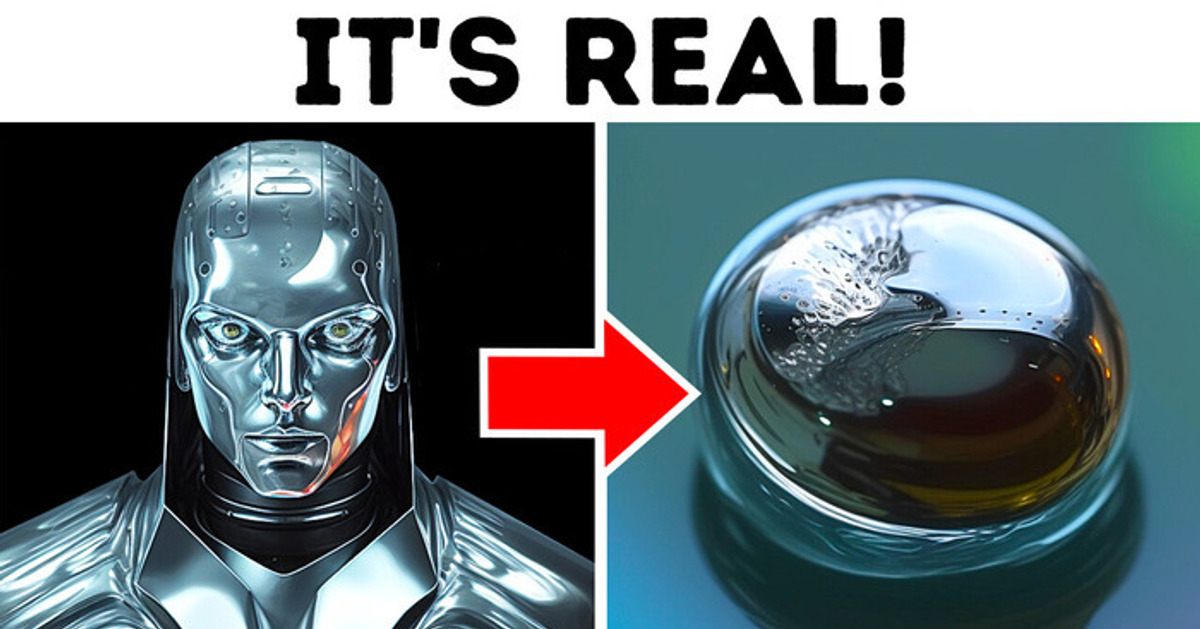
If you’ve ever seen the second Terminator movie [Terminator 2: Judgment Day], you probably remember this guy, T-1000. The main character, so brilliantly played by Arnold Schwarzenegger, had a mission, and it was to protect Sarah and John Connor from that robot [T-1000]. It is much stronger than any human, bending steel with its bare hands and throwing much larger robots around.
But its coolest feature is the ability to change its shape. Made of liquid metal [mimetic polyalloy], it can recover even after severe damage. You can say it’s just another sci-fi movie, but hear me out: scientists managed to create something similar to T-1000 in real life!
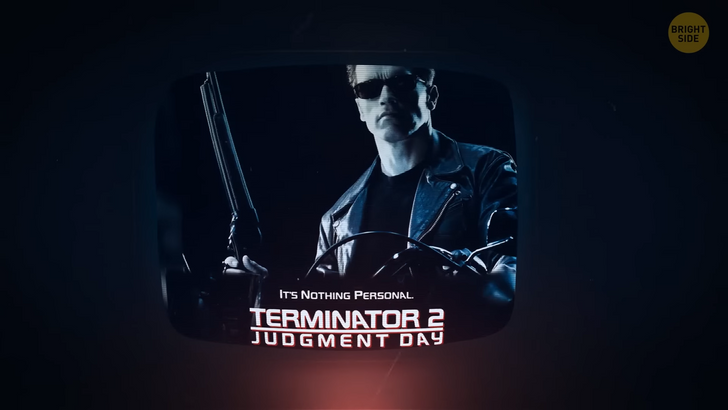
They invented a material, which is a mix of metals, with some pretty insane properties [magnetoactive phase transitional matter (MPTM)]. The robot looks more like a super tiny, Lego-sized model of its on-screen prototype. This little guy can melt in your hands [at 85.6ºF] and then go back to its original shape. The test run has shown it can break out of a small cell using this superpower. The secret behind what looks like magic is physics.
A magnetic field generates an electric current inside one of the metals the real-life T-1000 is made of [gallium]. Some heat is then produced, and solid material turns into liquid. The tiny robot can also show some other talents under the influence of magnetic fields. It can jump 20 times its height, rotate at 1,500 revolutions per minute and develop some impressive speeds [3.3 ft/s]. Do you feel like you need this little guy in your life? Well, you can’t buy the original yet, but you can still get yourself a Terminator action figure or building kit.
As for the material that can melt and solidify again, it will have more practical uses than entertaining the audience. Imagine a tool that can reach even the tightest corners. You turn it into its liquid form, it enters the hole, and then becomes solid again and seals it. Sounds like any engineer’s dream. It can also serve as a welder on an LED circuit because gallium (the metal it’s made of) is a great electricity conductor. And it could potentially save lives by delivering meds and removing foreign objects from patients’ organs.
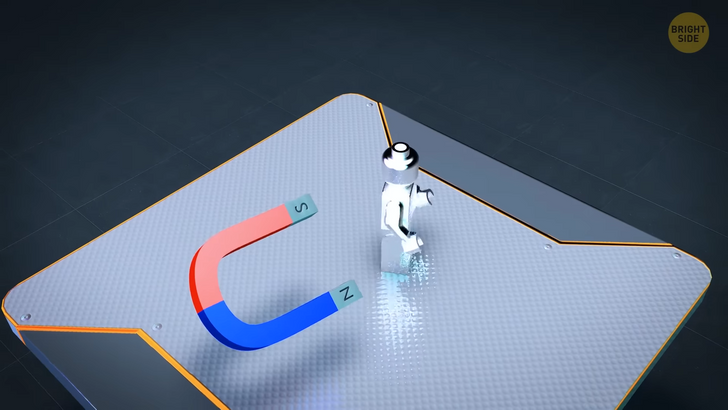
MPTM isn’t the first material that will make Terminator fans say: wait, I’ve seen it somewhere before. Meet Nitinol. It’s a superelastic material that remembers its original form and always goes back to it, no matter how much you bend it. So far, it’s successfully used to make stents. Those are small mesh tubes that hold arteries open for those who need them. Nitinol does this job perfectly as it can bend when it needs to, under a cool temperature, and goes back to its original state upon heating. It’s also super durable — perfect to last a long time. That’s why it’s also used to produce braces for teeth, mechanical watch springs, inserts for golf clubs, and, here comes my favorite, self-bending spoons used in magic shows.
Another Terminator reality that has become ours, too, is the massive use of drones. They deliver your last-minute order of that bag you need for your vacation, take the best footage for news shows and Uncle Tim’s wedding, assist search and rescue teams, transport aids, monitor wildlife, and inspect otherwise non-accessible parts of buildings... okay, I feel it’s easier to list what they don’t do.
In the second part of the movie, Schwarzenegger’s character explains that his CPU is a neural-net processor, and the more contact with humans he has, the more he learns. If you feel like rewatching the movie by now to refresh your memory, you can always get a copy on Amazon. Anyway, what the Terminator is talking about sounds a lot like real-life neural networks, doesn’t it? Those are modeled kinda like a human brain.
The idea is to train the computer to do tasks by analyzing thousands of training examples. An object recognition system learns what a car or a poodle looks like by looking at many, many images of those and singling out some patterns. Once they’re trained enough, they can do all sorts of things, from predicting weather and the situation on the stock market to recognizing faces and choosing what Netflix shows to recommend to you.
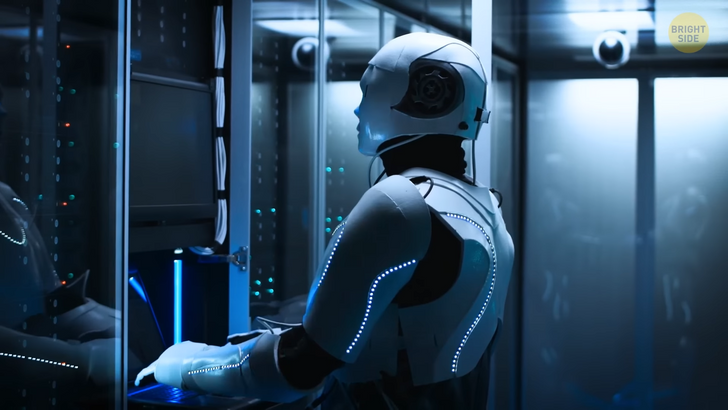
It all sounds good, but admit it, the coolest thing in the movie is those scarily human-looking robots. Many humanoid robots are now still in the project stages, but there are some which are pretty much alive and kicking. Some of them work at factories and warehouses because they’re really good at logistics and manufacturing. They conduct whole orchestras, dive under the sea, help older people — hey, is there something they aren’t good at? Should we start worrying that we’ll be replaced by them soon?
While AI is becoming better and better, it’s still luckily unlikely. Machines still don’t have emotional intelligence and decision-making skills like humans. They’re super smart, but they simply have no motivation to take over the world unless humans tell them to do so. And even if one AI system or app decides to break free and rule the Universe, it’s unlikely powerful enough to do it. So breathe out.
One thing those humanoids have mastered, though, is a sense of humor. When a man approached a robot at a trade show in Las Vegas asking if she had a boyfriend, the machine responded that she was unfortunately not on the market as “robots don’t have relations.” Getting rejected by AI — talk about 21st-century problems.
The heartbreaking robot’s name was Ameca. Its creators, the British company Engineered Arts, call it the “world’s most advanced” humanoid robot. It’s so detailed and life-like that I’m not surprised that guy wanted to hit on it. Ameca has a whole emotional spectrum and can show realistic astonishment and surprise, and whatnot. It even yawns, shrugs, blinks, and scratches its nose! Ameca’s eyes have cameras, so it can remember your face and track it. That’s why talking to it doesn’t feel like staring at a gadget screen. It can also detect objects like a human finger in front of its face, so it will react when you approach it.
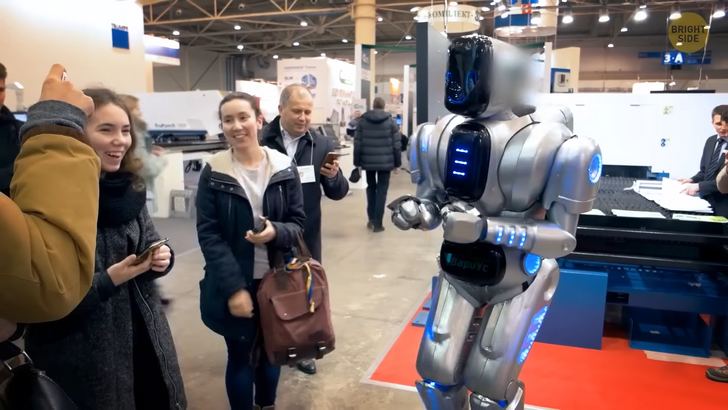
This beauty is not hard to operate at all. It relies on cloud-based firmware that updates itself, and even a totally non-tech-savvy person can use Ameca. You can control your robot from anywhere by simply logging into its software system.
Imagine you’re stuck in traffic, and your robot assistant is greeting guests and presenting your project without your physical presence. Its AI is so advanced that you can use it to work on 2 different tasks at the same time. It can even single out a more important task and make it its priority. If you feel like purchasing an Ameca, be prepared to pay over $100,000.
Atlas, a humanoid designed by Boston Dynamics, can run up and down the stairs, jump between levels, and pick up, carry, and throw heavy things at the right distance. Atlas can grip things using one fixed finger and one moving finger. All of this makes it an ideal warehouse helper. Its latest achievement is an inverted 540-degree, multi-axis flip.
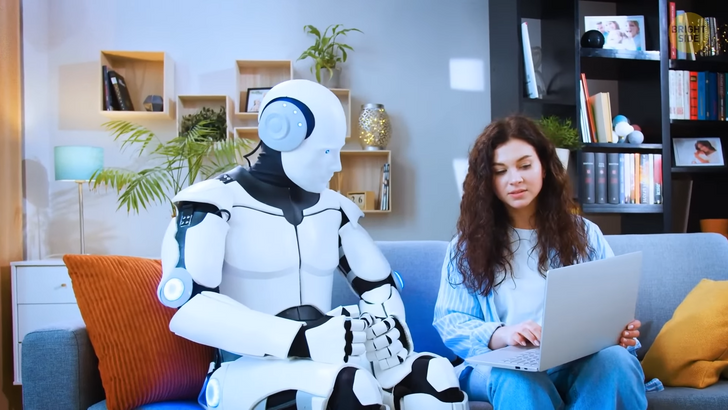
It was as complicated for engineers to program the robot to do it as it sounds. And Atlas doesn’t just move like a parkour champion. It can also plan the most efficient route to get from point A to point B considering the surroundings. It also remembers when it makes a mistake or has to overcome some obstacle. It activates all of its components to maintain balance.
Because all those components are 3D printed, Atlas isn’t that heavy, just 196 lbs with a height of 4’9″. Since this smart robotic guy is a research platform, you can’t purchase it just yet. The engineers keep improving it, and maybe soon, it will be able to walk out of the warehouse and start its own logistics company. And then, you won’t want to purchase Atlas but could end up sending it your resume.











